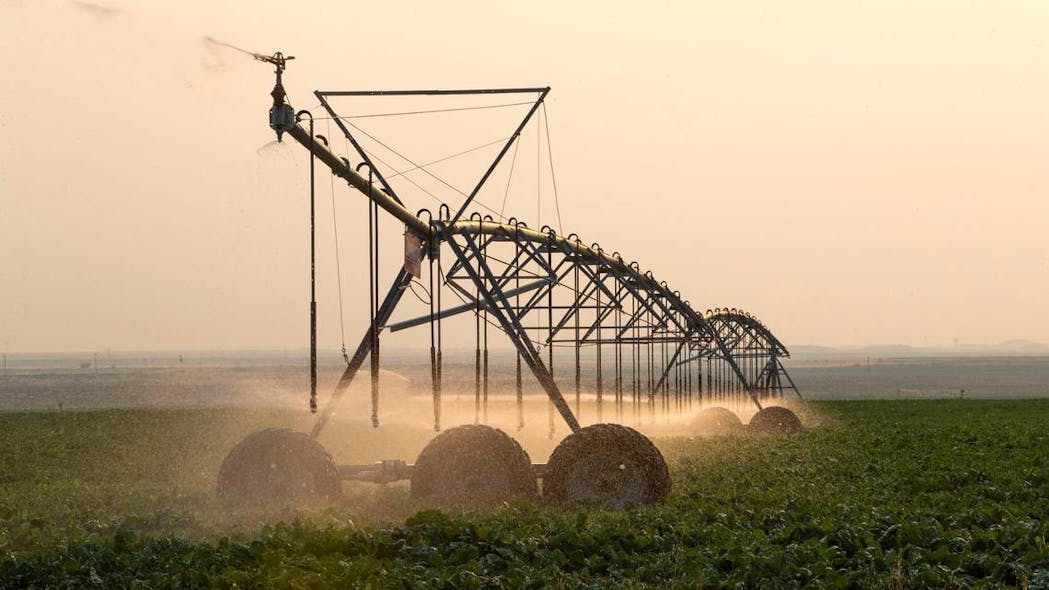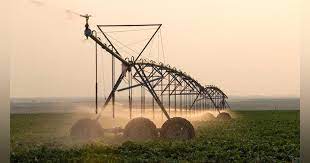Jan. 14, 2023 In the last three years, climate disasters have claimed 1,460 people and resulted in losses exceeding $434.6 billion.
By Shaun Goodwin Source The Idaho Statesman (TNS) Distributed by Tribune Content Agency, LLC.

The United States has suffered from sixty $1 billion-plus weather and climate disasters in the last three years, totaling a loss exceeding $434.6 billion and 1,460 deaths, according to the National Centers for Environmental Information.
Some of the most significant losses have come via hurricanes and tornadoes throughout the Midwest and the southeast, but other types of natural disasters have ravaged the west, including Idaho.
The primary causes of $1 billion climate disasters in western states since 2020 are drought and wildfires.
According to the NCEI, Idaho has been involved in five such disasters: three wildfire-related disasters and two droughts.
Here is a list of the five $1 billion disasters that have affected Idaho in some capacity since 2020:
Fall 2020 – Western wildfires
August 2020 had an average temperature of 74.7 degrees nationwide, ranking as the third-warmest August on record at the time. A summer of below-average rainfall set up the perfect conditions for a busy wildfire season in the west — Colorado saw its largest wildfire on record, while California recorded its 2nd- and 3rd-largest wildfires in state history.
Idaho experienced 933 wildfires statewide in 2020, which burned more than 318,000 acres. Wildfire damage nationwide cost about $16.5 billion and caused 46 deaths; Idaho incurred between $100-250 million in damages, but NCEI does not provide death totals for individual states.
2021 – Western drought and heat dome
An historic Pacific Northwest heat dome characterized the summer of 2021, of which Idaho was very much a part. Boise recorded a high temperature of over 100 degrees 12 times in July 2021; the lowest high temperature was a balmy 91 degrees.
But it wasn’t just the extreme heat.
An already ongoing drought was intensified by high temperatures and rapidly dried out vegetation across the west, according to NOAA. By May, about half of Idaho was under drought conditions because a mild winter and warm spring led to a low snowpack, meaning less water in Idaho’s reservoirs.
Nationwide, the drought and heat wave resulted in $8.4 billion in damage and caused 229 deaths, while it cost Idahoans up to $100 million in damages. Several Idahoans died in the heat dome, such as a 38-year-old Idaho City woman who suffered a heat stroke while on a hike, and a 78-year-old Caldwell man died in his bed dehydrated.
“This heat dome for the Pacific Northwest, specifically (in) the coastal cities, was just so far different than what has been experienced previously,” Katie Lee, associate professor at the Department of Agricultural Economics and Sociology at the University of Idaho, previously told the Statesman. “Their infrastructure wasn’t capable of handling this heat.”
2021 – Western wildfires
The summer heat wave and severe drought conditions in 2021 also led to another active wildfire season that year.
Idaho’s marquee wildfire of the season was the Boundary Fire, which sparked up in mid-August and lasted until late October. The fire merged with the nearby Scarface Fire in mid-September, becoming a single wildfire still called the Boundary Fire. In total, it burned 87,778 acres of mixed conifer, timber, brush and short grass.
Several other large wildfires across the west resulted in $10.4 billion in damages and eight deaths. In Idaho alone, wildfire damages cost $500 million to $1 billion.
Spring to Fall 2022 – Western wildfires
Continued drought conditions led to another busy wildfire season in the west throughout the summer of 2022. Although no Idaho fires were as damaging as the 2021 Boundary Fire, the Moose Fire near Salmon burned more than 130,000 acres of brush and timber, about one-third of the state’s total burned acreage in 2022.
Although the Moose Fire was larger than 2021’s Boundary Fire, the latter burned down valuable natural and economic resources in the Salmon-Challis National Forest and the Lowman Ranger District of the Boise National Forest.
According to previous Statesman reporting, three firefighters died while fighting the fire: two when their helicopter crashed into the Salmon River and one after suffering a medical emergency.
Other fires in New Mexico, Oregon, Montana, California and Alaska resulted in a total damage cost of $3.1 billion and took 17 lives. Idaho’s damage total was in the range of $100-250 million but the total loss of life for the state is not provided in the data.
2022 – Western/Central Drought and Heat wave
Nationwide, the 2022 drought was one of the costliest on record, according to NOAA. It cost $21 billion in damages and led to 136 deaths. According to data provided by NCEI, Idaho was somewhere between $100-250 million of that total; NCEI does not provide a more precise figure.
The summer of 2022 was the second-hottest on record for Boise, surpassed only by the summer of 2021. Throughout the summer months, Boise hit the triple-digit mark on 23 occasions and, including September, pushed that total up to 27 days. It’s a total that blows the previous record of 20 days in a calendar year, set in 2003, out of the water.
A low snowpack led to an incredibly tight water year, resulting in the Idaho Department of Water Resources issuing an emergency drought declaration for 34 of the state’s 44 counties.
Keeping safe in the heat
While such hot temperatures provide the perfect excuse to get outside and enjoy summer activities, heat exhaustion and heat stroke are serious dangers for children and people over 65.
Heat stroke kicks in when the body cannot control its temperature and its sweating mechanism fails, according to the Centers for Disease Control and Prevention, resulting in body temperature rising as high as 106 degrees within 10 to 15 minutes.
“People should be mindful to always have a place to cool off,” Les Colin, a meteorologist with the National Weather Service in Boise, told the Statesman.
“Make sure if you go out or travel, have something to drink,” Colin continued. “Make sure you keep your animals well-watered and generally inside, out of the sun — basically, normal, common sense measures to not allow yourself to be overcome by the heat.”
The The National Oceanic and Atmospheric Administration has tips on how to avoid heat exhaustion and stroke and what the next step should be to alleviate the issue.
Heat exhaustion
- Dizziness
- Thirst
- Heavy sweating
- Nausea
- Weakness
What to do: Move to a cooler area, loosen clothing and sip on cool water. Seek medical help if the symptoms don’t improve because heat exhaustion can lead to heat stroke.
Heat stroke
- Confusion
- Dizziness
- Becoming unconscious
What to do: Move the person to a cooler area, loosen clothing, remove any extra layers, and cool with water or ice.
